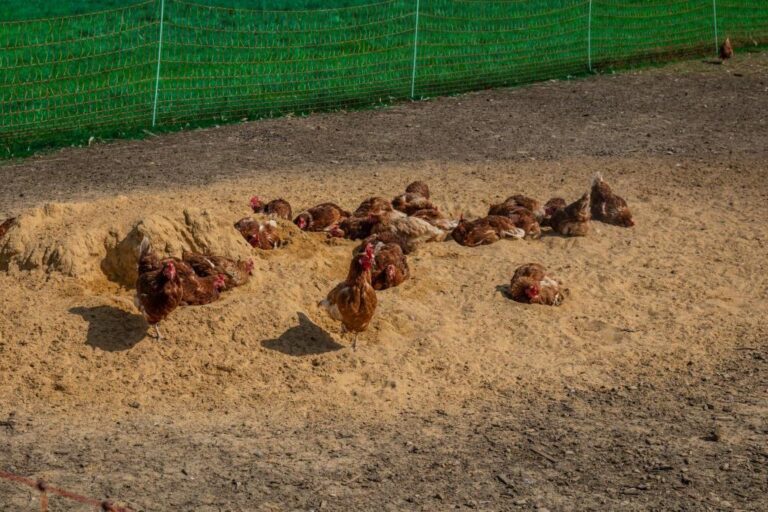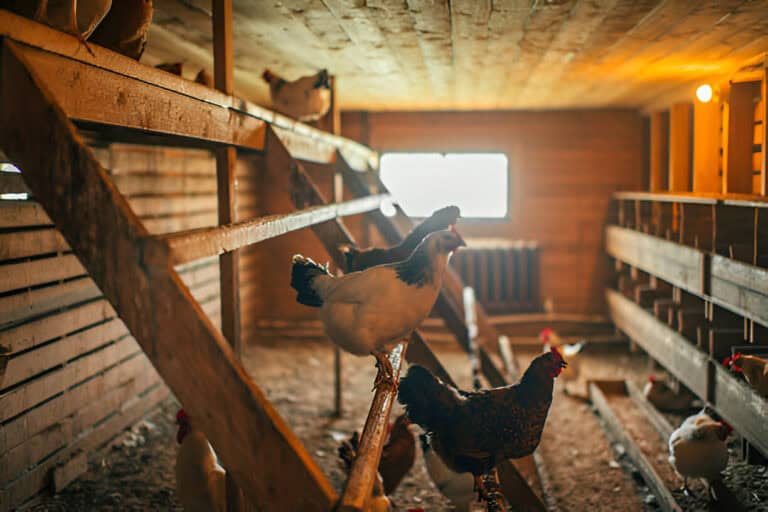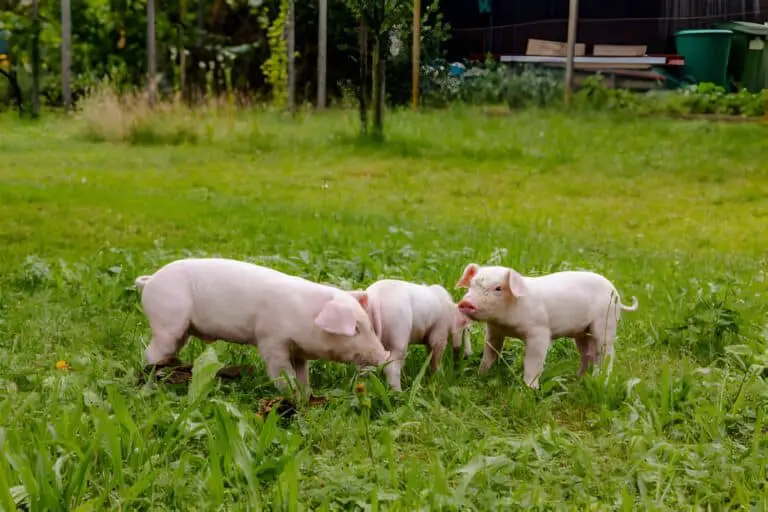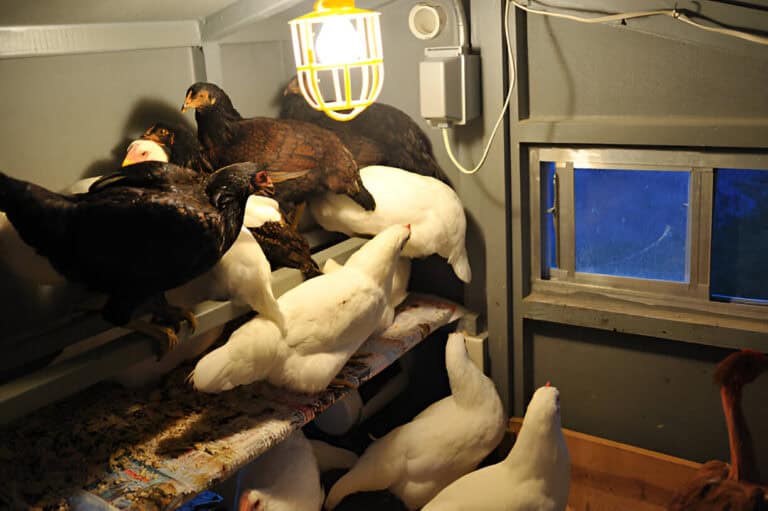Skinning vs. Scalding: A Comprehensive Guide to Pig Processing

Processing a pig can be a daunting task, but understanding the differences between skinning and scalding can make it much easier. Have you ever wondered which method is better for your needs?
Processing pigs for consumption involves various methods, each with its own set of techniques, benefits, and considerations. Two primary methods are skinning and scalding. This guide will delve into the details of both techniques, helping you decide which method suits your needs and preferences.
By the end of this article, you’ll know the best approach to take, ensuring you get the most out of your pig processing efforts. Dive in to discover the detailed steps, benefits, and potential pitfalls of each method.
Understanding Pig Processing
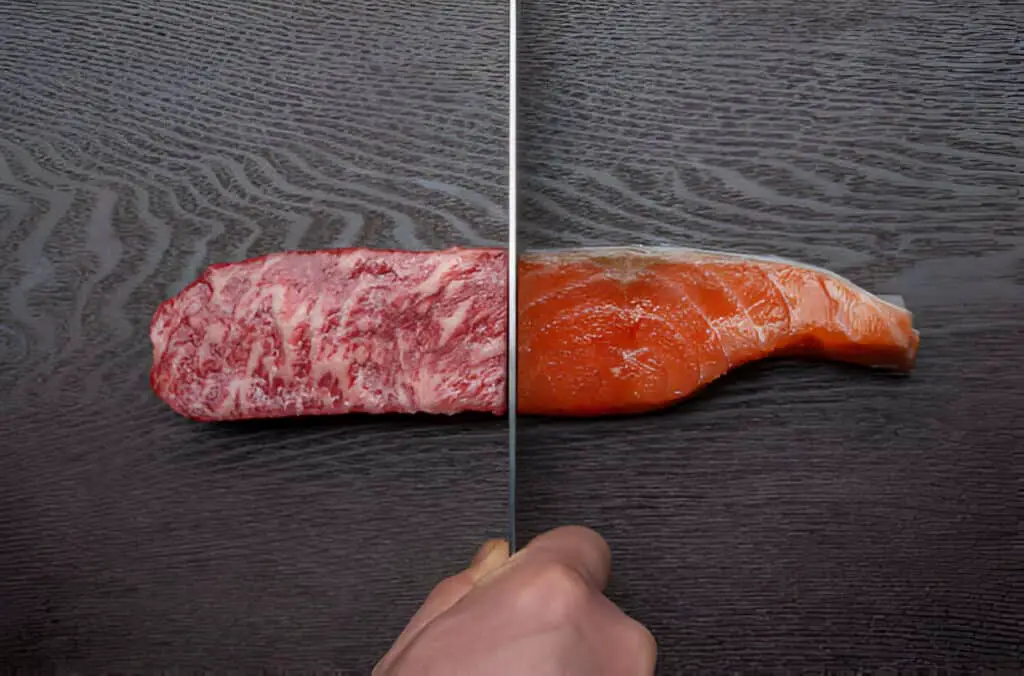
Before diving into the specifics of skinning and scalding, it’s essential to understand the basics of pig processing. Proper processing ensures that the meat is safe to eat and maximizes its flavor and texture.
First, slaughter the pig humanely. Then, remove its organs. Finally, you can remove its skin by either skinning or scalding.
The Importance of Choosing the Right Method
The method you choose can affect the quality of the meat, the efficiency of the process, and the usability of different parts of the pig. Each method has its pros and cons, which we’ll explore in detail.
The Scalding Method
Scalding involves immersing the pig in hot water to loosen the hair and outer skin. This method is traditional and commonly used in many commercial and home processing setups.
Step-by-Step Scalding Process
- Preparation: Heat water in a large tank or scalding vat to around 145–150°F or 63–65°C).
- Immersion: Submerge the pig in the hot water for several minutes. Rotate the pig to ensure even exposure.
- Scraping: Remove the pig from the water and use a scraper to remove the hair and outer skin layer.
- Final Cleaning: Rinse the pig thoroughly to remove any remaining hair and debris.
Benefits of Scalding
- Preserves Skin: Scalding preserves the pig’s skin, making it suitable for products like pork rinds.
- Traditional Flavor: This method often gives pork a traditional flavor. Many chefs like this flavor.
- Ease of Use: The process is relatively straightforward and can be done with minimal specialized equipment.
Drawbacks of Scalding
- Time-Consuming: Scalding and scraping can be time-intensive.
- Water Management: Managing lots of hot water is hard and dangerous.
- Equipment: This requires a scalding vat and scraping tools, which may not be readily available in all settings.
The Skinning Method
Skinning involves removing the entire skin of the pig in one piece. People who find the scalding process tedious or who do not need the skin for their finished products frequently prefer this method.
Step-by-Step Skinning Process
- Preparation: Secure the pig on a clean, stable surface.
- Initial Cuts: Make initial cuts around the legs and along the belly.
- Skin Removal: Carefully peel the skin away from the flesh, using a sharp knife to separate the skin from the underlying fat and muscle.
- Final Trimming: Trim any remaining fat or tissue from the meat.
Benefits of Skinning
- Speed: Skinning can be faster than scalding, especially for experienced processors.
- No Special Equipment: Requires only a sharp knife and a stable surface.
- Less Mess: Avoids the need for hot water and large tanks, making cleanup easier.
Drawbacks of Skinning
- Loss of Skin Products: The skin is removed entirely, so it cannot be used for products like pork rinds.
- Learning Curve: Skinning requires skill and precision to avoid damaging the meat.
- Meat Dryness: Without the skin, the meat can dry out more quickly during cooking.
| Read: Understanding Deadweight Average Pig Price |
Comparing the Methods
Time and Efficiency
- Scalding: Typically more time-consuming due to the need for heating water and thorough scraping.
- Skinning: Generally quicker, especially for smaller operations or when no skin products are needed.
Equipment Needs
- Scalding: Requires a scalding vat, scraper, and a reliable heat source.
- Skinning: Needs only a sharp knife and a clean surface.
Meat and Skin Quality
- Scalding: Preserves the skin, making it useful for additional products.
- Skinning: Removes the skin, potentially resulting in drier meat but is simpler for direct meat processing.
Environmental Considerations
- Scalding: Uses a significant amount of water and energy to heat it.
- Skinning: More environmentally friendly as it requires less water and energy.
Practical Tips for Each Method
Tips for Scalding
- Monitor the temperature: Keep the water consistent. This ensures hair removal without cooking the meat.
- Use a Timer: Avoid over- or under-scalding by keeping track of immersion time.
- Safety First: Handle hot water carefully to prevent burns and injuries.
Tips for Skinning
- Sharp Knives: Use very sharp knives to make clean cuts and reduce the risk of accidents.
- Practice Patience: Take your time to avoid damaging the meat, especially if you’re new to skinning.
- Maintain Cleanliness: Keep your working area and tools clean to ensure food safety.
Deciding Which Method to Use
The choice between skinning and scalding often comes down to personal preference. It also depends on available equipment and the desired end products. If you prefer traditional pork skin products and have the necessary equipment, scalding might be the best choice. Conversely, if you seek a quicker process with minimal equipment, skinning could be the way to go.
Consider Your Goals
- Commercial Use: Scalding might be preferred for larger operations needing to utilize every part of the pig.
- Home Processing: Skinning could be more practical for small-scale or personal use.
Balancing Time and Resources
Evaluate how much time and resources you can allocate to pig processing. Both methods have their merits, but understanding your constraints will help you choose wisely.
Common Mistakes and How to Avoid in Scalding and Skinning
Mistakes in Scalding
- Over-Scalding: Can lead to partially cooked meat and tough skin.
- Inconsistent Temperature: Makes hair removal uneven and challenging.
Mistakes in Skinning
- Dull Knives: Cause jagged cuts and increase the risk of accidents.
- Rushing the Process: Leads to meat damage and wastage.
Solutions
- Maintain Equipment: Regularly sharpen knives and check scalding equipment.
- Take Your Time: Ensure a thorough and careful approach to both methods.
Conclusion
You can choose to scald or skin your pigs. Understanding the nuances of each method will improve your skills and meat. By considering your goals, resources, and the practical tips provided, you can make an informed decision that suits your needs.
Both methods have their place in pig processing. Mastering them will make meat preparation more efficient and enjoyable.

